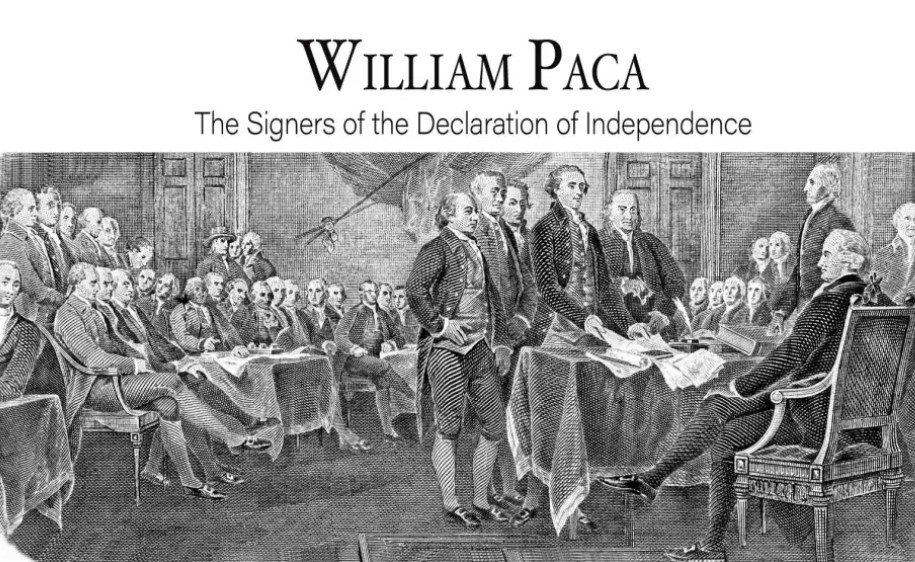Even before the exceptional wave of migration at the end of the 19th and early 20th centuries that affected Ellis Island, and prior to the arrival of merchant ships docking on the sandy strip of Castle Garden, there is a lesser-known but undeniably fascinating story of Italian emigration to the United States. It tells the courageous adventures of our compatriots who, starting from the second half of the 17th century, embarked on sailboats departing from Europe bound for the New World – then a theater of conflicts between Native Americans and British colonists – changing the fate of an entire nation.
They were primarily landowners, traders seeking to expand their businesses, impoverished nobility, gold seekers, political and religious dissidents of the Enlightenment era breaking away from the old world, missionaries, artisans, and farmers who made their fortunes in the Far West. They lived through the challenging caravan journeys to cross prairies with rough trails and bridgeless rivers. They experienced the years when villages, ranches, saloons, post offices, gold-holding banks, churches, newspaper offices, and the first laws to protect themselves from ruthless gunmen were built.
Who knows if Grandfather Roberto Paca (originally Pace), when he left the province of Chieti in 1657 to settle in a British colony in the Americas, finding himself in an environment reminiscent of the best Western films of our time, would have ever imagined that his son Aquila Paca would become the first Italian sheriff in America and that his grandson William Paca, just a hundred years later, would sign the document alongside Jefferson and Franklin, marking the birth of the greatest nation in the world? Probably not.
The period of mass emigration was still distant, but Italian pioneers were already present in Minnesota, Montana, Wisconsin, Virginia. They were described as “waves of revolutionaries but at the same time conservatives,” according to Giuseppe Prezzolini’s definition. Despite fully integrating into a common sense of Americanism, they preserved their culture and identity within the communities that welcomed them. So much so that Thomas Jefferson himself, a close friend and neighbor of the Tuscan philosopher Filippo Mazzei, fascinated by the Renaissance art, learned to speak Italian and translated his writings, extracting from his works the phrase “All men by nature are free and independent,” which became the inspiration for one of the fundamental principles of the United States Declaration of Independence: “All men are created equal.”
The history of Italian emigration is often generalized and seen through stereotypical contexts related to well-known criminal events. Stereotypes that over the past two centuries have given rise to a genuine anti-Italian sentiment, leading to the lynching of many innocent people, guilty only of their nationality. Yet, its narrative is more complex and captivating than one might imagine. Stories of cruelty but also of redemption and hope, of willing men with sound principles who made the land they chose as their second homeland better.
Fervent patriots like William Paca, who on July 4, 1776, in Philadelphia, as Governor of Maryland, signed the document of the Committee of Five, composed of Thomas Jefferson, John Adams, Benjamin Franklin, Robert R. Livingston, and Roger Sherman, in which thirteen British colonies declared their independence from the Kingdom of Great Britain, giving birth to the greatest nation in the world: the United States of America.
William Paca was one of the first American politicians to raise the issue of slavery, which would eventually be abolished in the following decades. He died in October 1799, leaving behind the memory of an honest and respectful man and the indelible trace of Italian influence at a crucial moment in history.
In Washington D.C., not far from the statue of Abraham Lincoln – incidentally, built by the Italian Piccirilli brothers – in the small park dedicated to the Founding Fathers, one of the names on the granite slab is that of the American politician of Abruzzese origins.
Federico Di Mattia

